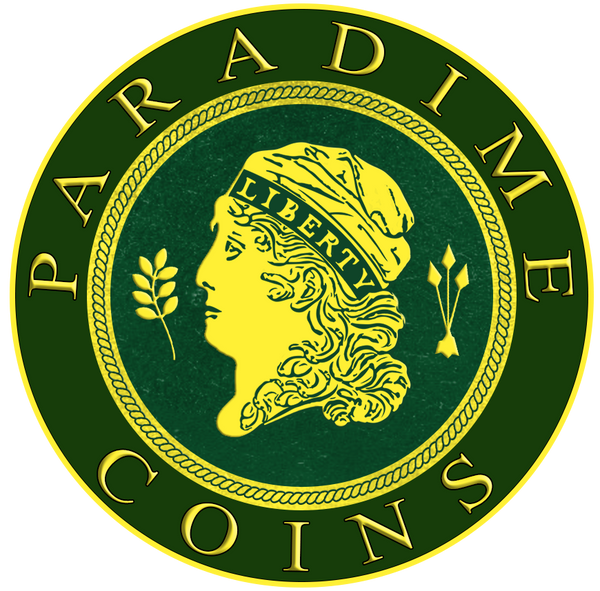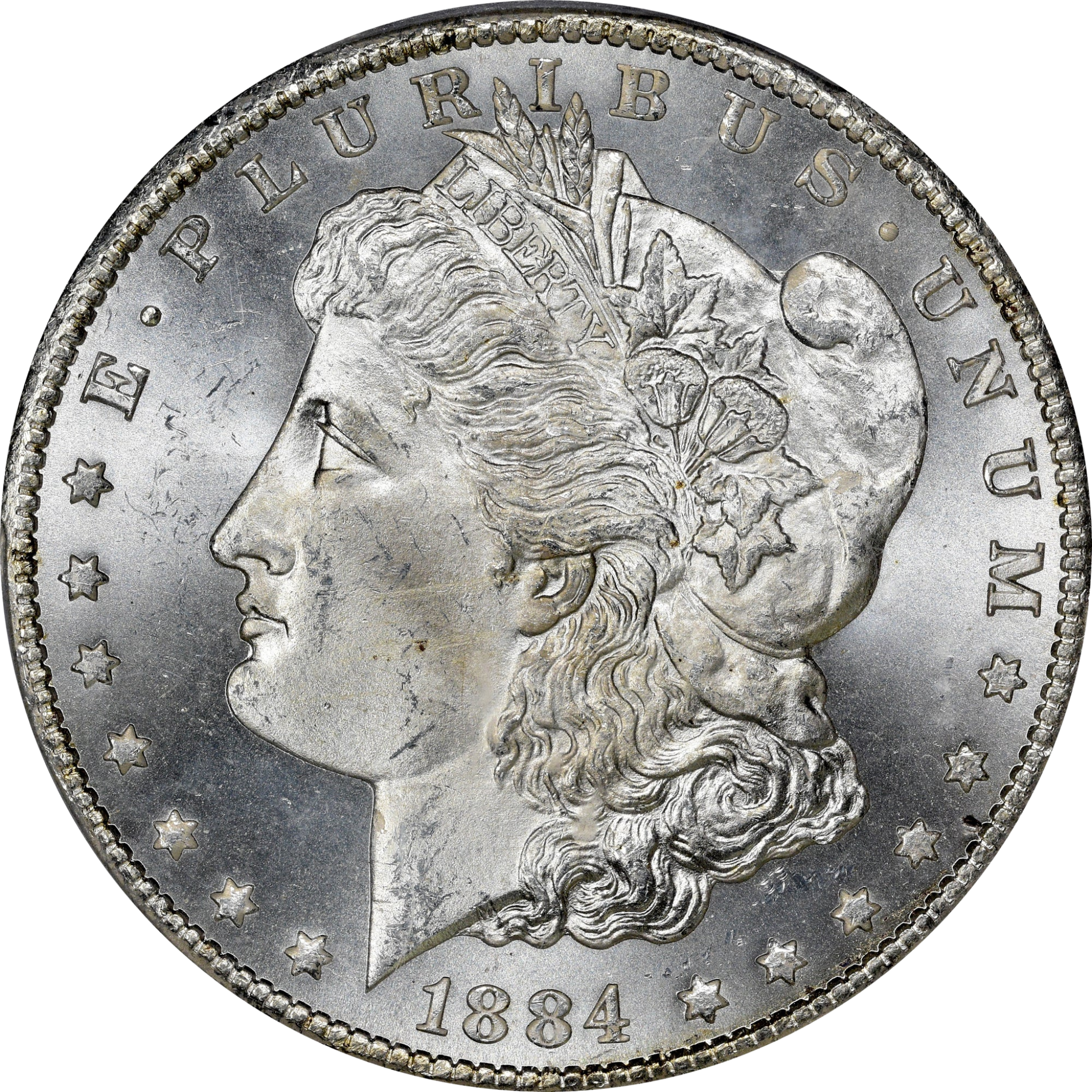Collection: Type 2, Heraldic Eagle (Draped Bust $5)
No products found
View All Inventory
Designed by: Robert Scot
Issue Dates: 1795-1807
Composition: 91.67% gold, 8.33% copper
Diameter: 25 mm
Weight: 8.75 grams (135.03 grains)
Edge: Reeded
Business Strike Mintage: 316,867
Proof Mintage: None
1798–1807 Capped Bust to Right Half Eagle – Heraldic Eagle Reverse | Foundational Type of Early U.S. Gold Coinage
Read More
Designed by: Robert Scot
Issue Dates: 1795-1807
Composition: 91.67% gold, 8.33% copper
Diameter: 25 mm
Weight: 8.75 grams (135.03 grains)
Edge: Reeded
Business Strike Mintage: 316,867
Proof Mintage: None
1798–1807 Capped Bust to Right Half Eagle – Heraldic Eagle Reverse | Foundational Type of Early U.S. Gold Coinage
The Capped Bust to Right Half Eagle with Heraldic Eagle reverse, struck from 1798 through 1807, marks a major transition in early American gold coin design. In 1798, the Mint officially replaced the original Small Eagle reverse with the more stately Heraldic Eagle motif, modeled after the Great Seal of the United States—a design echoed across contemporary silver and gold issues of the era.
The obverse continues the classic portrayal of Miss Liberty facing right, draped in classical attire and wearing a cap with a ribbon inscribed LIBERTY. Star arrangements on the obverse vary from year to year, a hallmark of this early period. The new reverse design features an eagle with a shield on its breast, clutching arrows and an olive branch, a scroll in its beak bearing the motto E PLURIBUS UNUM, and a radiant arc of clouds and stars above. As with its predecessor, the denomination is not explicitly stated, as gold coins were valued by weight and fineness.
A fascinating quirk of early Mint operations involved using older-dated dies until they wore out, resulting in examples dated 1795 and 1797 that bear this later reverse—technically struck in 1798 or later.
While some issues within this series are rare, especially in high grade, most dates from 1798 to 1807 are obtainable in Very Fine to About Uncirculated condition. Uncirculated examples do appear on the market, often showcasing satiny or frosty luster rather than the prooflike surfaces more typical of the earlier Small Eagle type.
With strong historical importance, artistic refinement, and steady collector demand, the Heraldic Eagle half eagle is a cornerstone of U.S. type sets and early gold collections—an essential acquisition for the serious numismatist.
... Read Less








